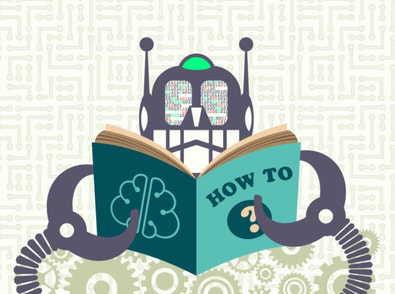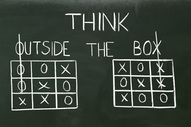 By - Drew Page at Siege Media Nonprofits can learn a lot about technology, operations, and more from companies in the for-profit sector. One technology that has been gaining popularity among c-level executives is machine learning and its contributions to modern Artificial Intelligence (AI). Since true AI — the ability for computers to process unstructured data, form conclusions, and take action — is not yet on the horizon of possibilities, machine learning models have become synonymous with AI.
1 Comment
 In a world where wealth now includes mining rights, fracking revenue, and other intangible assets like patents, copyrights, and trademarks, it can be confusing to figure out whether some assets add value to a prospect’s capacity rating. Here, we'll explore the intrinsic value of patents and how to include them in a prospect’s profile.
There are two reasons to use giving variables in a prospect model. First, unlike any other part of a fundraising shop, gift records are audited. That means that they are the cleanest and most consistent of all the data you would use. Second, past behavior often indicates future behavior – past giving can show the pattern of future giving. Using giving history judiciously can improve your major gifts model well.
 This blog post explores using a popular measure, RFM (explained below), as a modeling tool. There is some debate about its use in modeling major gifts, and so I share my thoughts here. If you have used RFM to measure your prospect giving behaviors, let us know at [email protected].  In data mining, we frequently choose the dependent variable that is easiest to acquire from our primary databases. Most often, we start with the prospect’s lifetime giving (I admit that I teach that as well). However, we want to be careful when thinking about which giving variable is going to actually answer the question we have, and we have to make the best choice among all of our giving values, including single gifts and totals, to get the information that we need to make strategic decisions. Let’s take a look at some of these and how we might use them in visualizations, modeling, and mining. |
Keep Informed
|
Photos from jeffdjevdet, SMPAGWU





